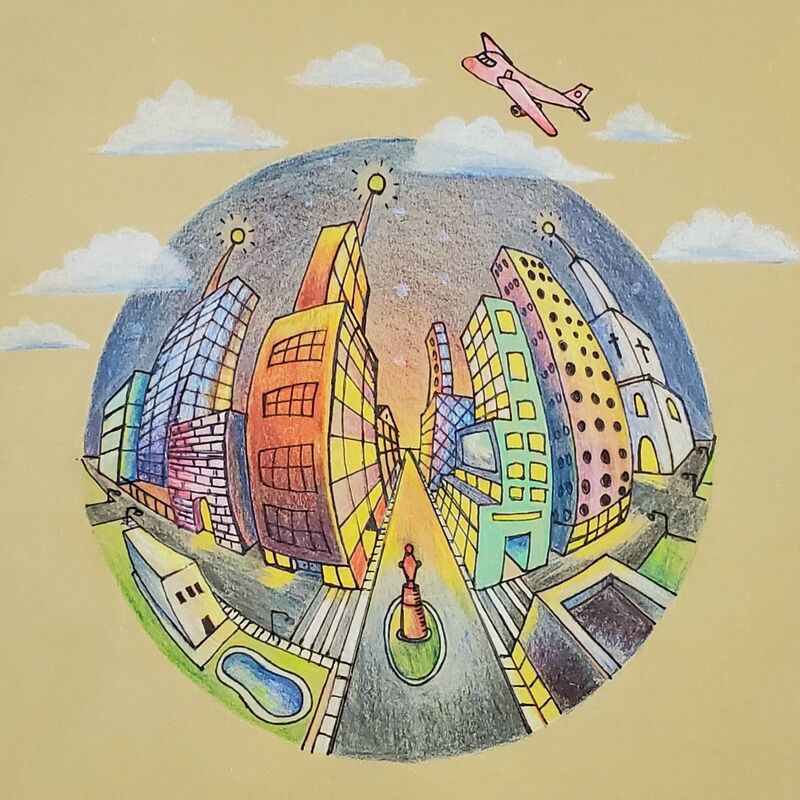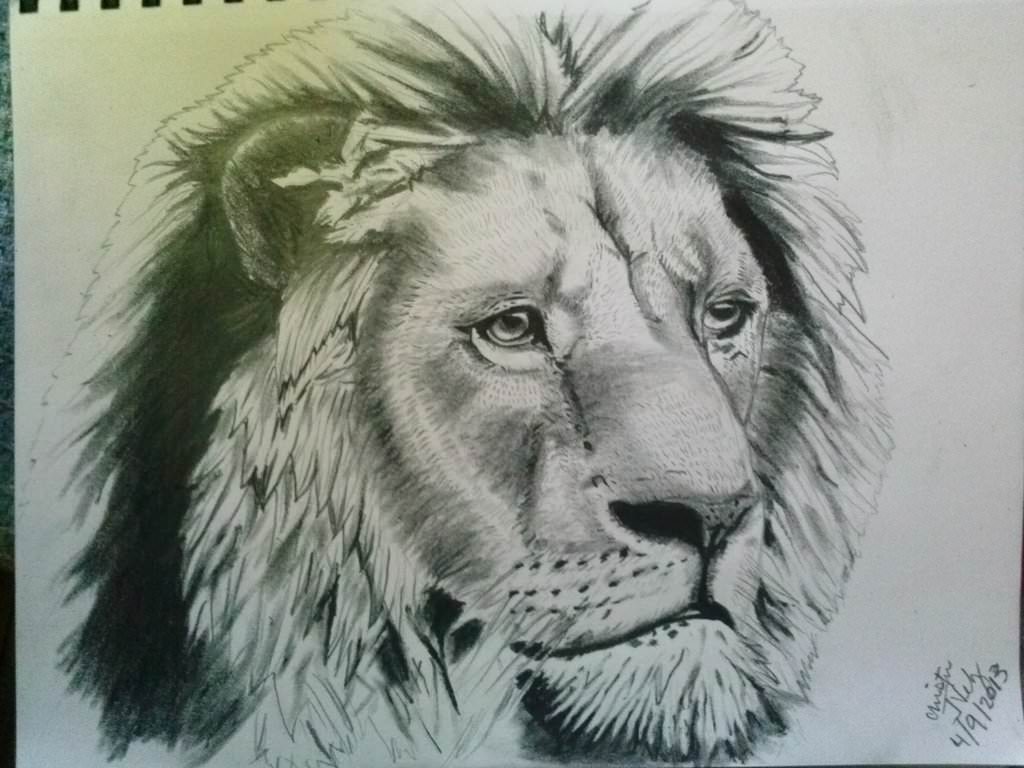How to draw perspective for makers
Table of Contents
Table of Contents
Are you struggling with drawing a perspective view? Do you feel overwhelmed by the complexity of the process? Don’t worry, you’re not alone. Drawing a perspective view can be challenging for even the most experienced artists. However, with the right techniques and practice, you can master this skill and create stunning drawings that will amaze your audience.
When it comes to drawing a perspective view, many people struggle with getting the proportions right, understanding the vanishing points, and creating depth and dimension in their drawings. These challenges can be frustrating and make the process feel impossible. But the truth is, anyone can learn how to draw a perspective view with the right guidance and practice.
The key to drawing a perspective view is understanding the principles of how it works. This means knowing the rules of linear perspective, such as one-point, two-point, and three-point perspective. It also means understanding how to use vanishing points, horizon lines, and eye level to create depth and dimension in your drawings.
To master drawing a perspective view, it’s important to start with the basics and practice regularly. This means starting with simple shapes and objects and gradually working your way up to more complex scenes and landscapes. Along the way, you’ll learn new techniques and tools that will help you improve your skills and create more realistic and accurate drawings.
How to Draw a Perspective View: Tips and Techniques
When it comes to drawing a perspective view, there are several tips and techniques that can help you achieve the best results. Here are some of the most important things to keep in mind:
Start with Simple Shapes: To get started with drawing a perspective view, it’s important to begin with simple shapes like cubes, spheres, and cylinders. These shapes will help you understand how the principles of linear perspective work and give you a solid foundation to build on.
 Use a Vanishing Point: The vanishing point is an essential tool when it comes to drawing a perspective view. It’s the point where all lines converge and disappear into the distance. By placing your vanishing point in the right location, you can create a realistic sense of depth and distance in your drawings.
Use a Vanishing Point: The vanishing point is an essential tool when it comes to drawing a perspective view. It’s the point where all lines converge and disappear into the distance. By placing your vanishing point in the right location, you can create a realistic sense of depth and distance in your drawings.
Pay Attention to Proportions: One of the biggest challenges when it comes to drawing a perspective view is getting the proportions right. This means making sure that objects in the foreground are larger than those in the background, and that lines converge at the correct angles.
Putting it into Practice
The best way to learn how to draw a perspective view is by practicing regularly. Start with simple shapes and objects and work your way up to more complex scenes. Try experimenting with different angles and viewpoints to see what works best for you.
 #### Tools and Resources
#### Tools and Resources
There are many tools and resources available to help you learn how to draw a perspective view. These include online tutorials, books, and courses. Look for resources that provide clear instructions and step-by-step guidance to help you improve your skills.
Online Tutorials: There are many free and paid online tutorials available that can help you learn how to draw a perspective view. Look for tutorials that provide clear instructions and illustrations to help you understand each step of the process.
Common Mistakes to Avoid
When it comes to drawing a perspective view, there are several common mistakes that beginners often make. Here are a few of the most important things to avoid:
Inconsistent Proportions: One of the biggest mistakes beginners make is inconsistent proportions. Make sure to pay attention to the size and scale of objects in relation to each other.
 Incorrect Use of Vanishing Points: Another common mistake is incorrect use of vanishing points. Make sure to place your vanishing points in the correct location to create accurate depth and distance in your drawings.
Incorrect Use of Vanishing Points: Another common mistake is incorrect use of vanishing points. Make sure to place your vanishing points in the correct location to create accurate depth and distance in your drawings.
Question and Answer
Q: What is the hardest part of drawing a perspective view?
A: The hardest part of drawing a perspective view is getting the proportions right and creating depth and dimension in your drawings.
Q: What are some common mistakes beginners make when learning how to draw a perspective view?
A: Some common mistakes include inconsistent proportions, incorrect use of vanishing points, and improper scale and dimension.
Q: What resources are available to help me improve my perspective drawing skills?
A: There are many online tutorials, books, and courses available that can help you improve your perspective drawing skills. Look for resources that provide clear instructions and step-by-step guidance.
Q: How long does it take to learn how to draw a perspective view?
A: Learning how to draw a perspective view can take anywhere from a few weeks to several months, depending on your skill level and how much time you devote to practice.
Conclusion of How to Draw a Perspective View
Drawing a perspective view can be challenging, but with the right techniques and practice, anyone can learn how to do it. By understanding the principles of linear perspective, using a vanishing point, and paying attention to proportions, you can create stunning drawings that are both realistic and accurate. Remember to start with simple shapes and objects, practice regularly, and seek out resources and guidance to help you improve your skills.
Gallery
PERSPECTIVE DRAWING — Cottonwood Center For The Arts

Photo Credit by: bing.com / elisa3
How To Draw In Five Point Perspective - An Easy And Fun Art Lesson

Photo Credit by: bing.com / marker
How To Draw Perspective: For Makers | Perspective Drawing Architecture

Photo Credit by: bing.com / dessin instructables steps architecture6
Photoshop: Compositing – NextGen Level 3

Photo Credit by: bing.com / perspective point drawing room draw linear easy lesson backgrounds drawings vanishing two professionally mydrawingtutorials painting van house line series compositing
Perspective Drawing - DIY

Photo Credit by: bing.com / perspective drawing diy favorite





